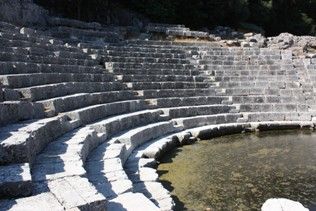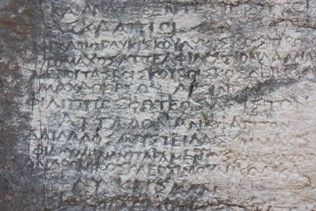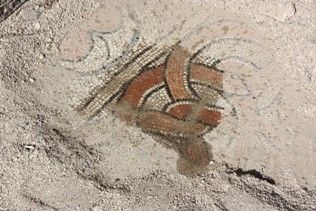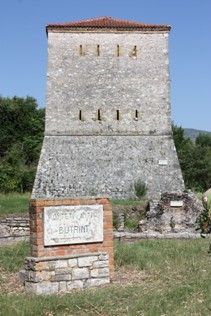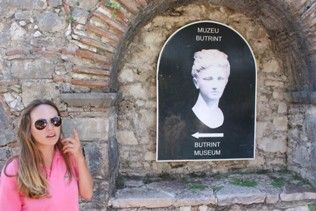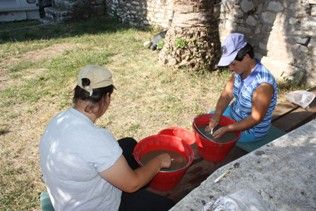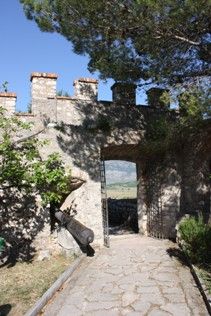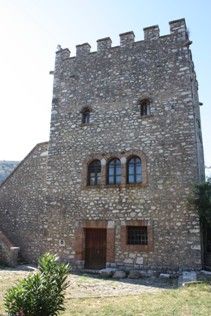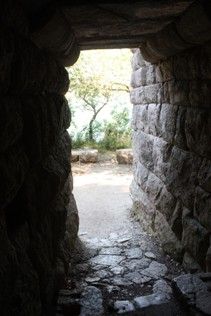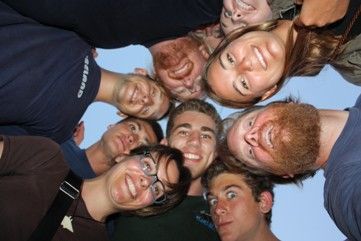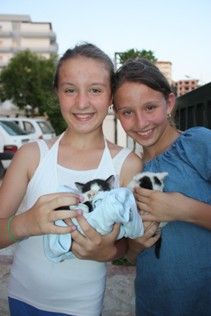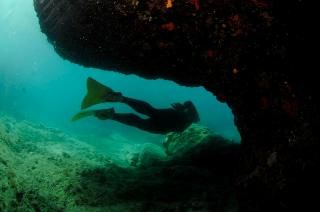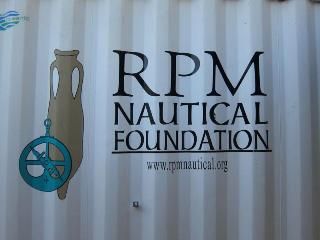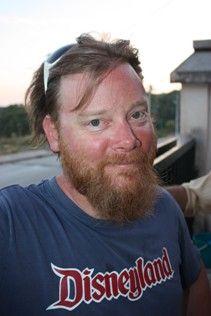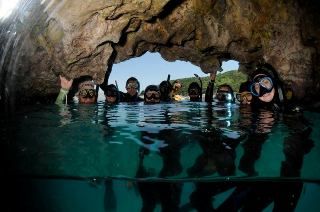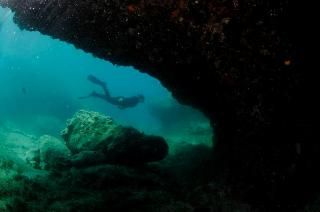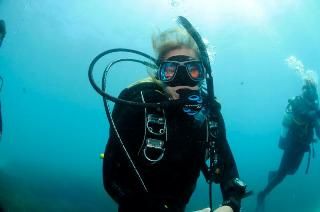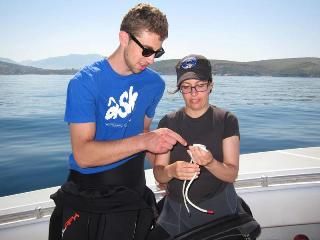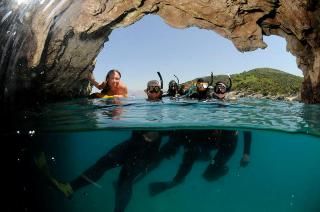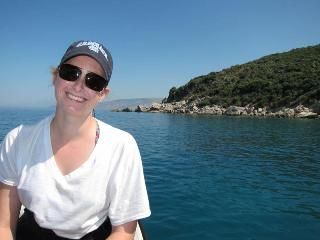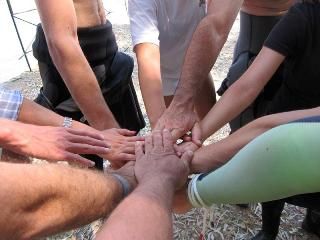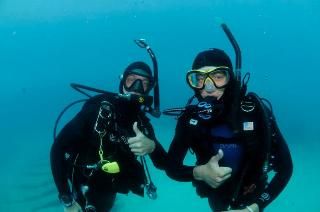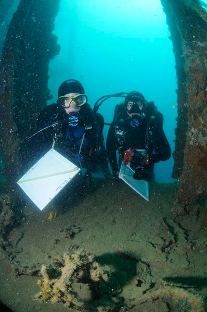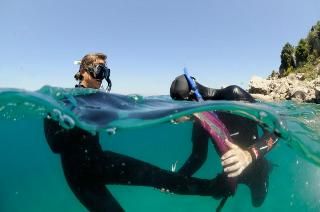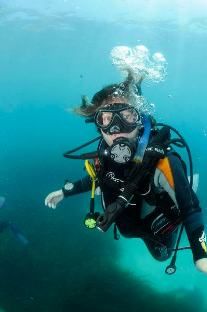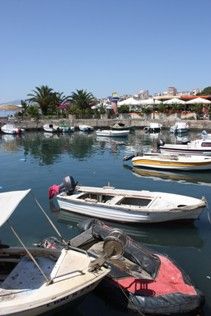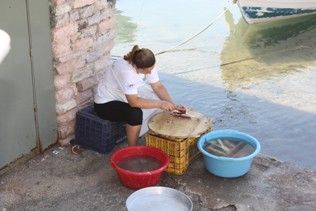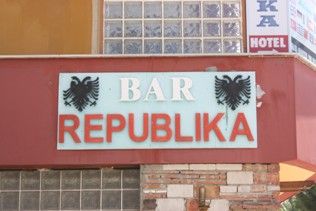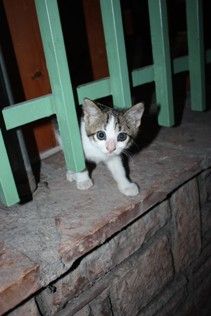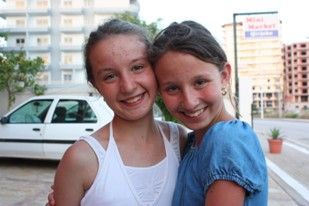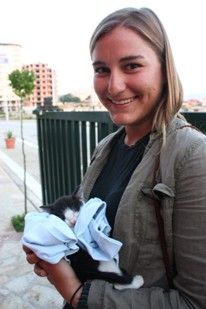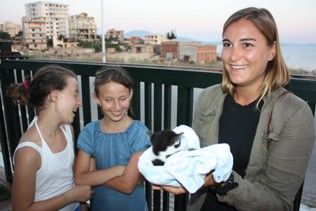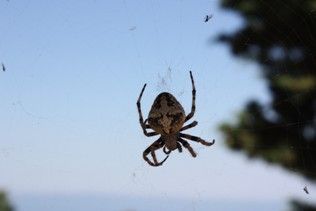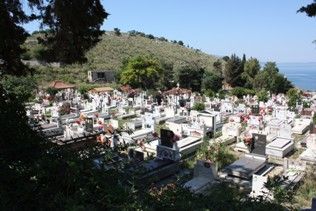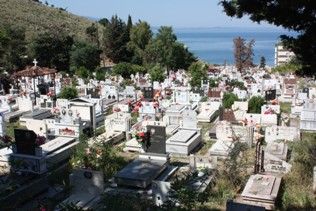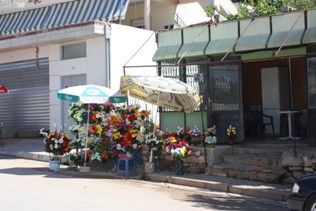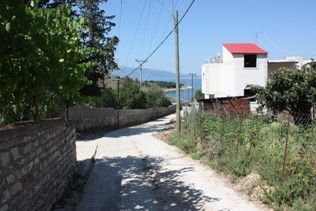Butrint
June 26, 2012
Butrint
One of the most significant archeological sites in the
entire Mediterranean, the ancient city of Butrint (Buthrotum) is located fourteen
kilometers south of Saranda. The ancient Greek and later Roman city that has
been and continues to be excavated in meticulous detail. It is listed as a
World Heritage Site in 1992 being recognized as a cultural and natural site of
outstanding significance. The entire region around the archeological
excavations has been set aside as a National Park and now over 86 square km are
a protected and beautiful area of both historical and natural beauty.
Butrint was one of the must see stops for me during my visit
to Albania and I had the tremendous good fortune to have my own personal guide,
my Albanian friend Kela. Kela has visited the site over 500 times, having led
multiple tours, worked at the site and even participated in the on-going
excavations that are taking place there. As massive and amazing as what has
been uncovered to date, it is estimated that only about 15-20 percent of what
is actually there has been unearthed, which is truly a staggering possibility
once you visit and see how much is there.
Kela arranged for a private car to drive us from Saranda and
then took her time as she escorted myself and the driver on a wonderful,
informative and fascinating behind the scenes tour that the average visitor
just does not get. It was so cool that even though the incredible museum on
site was closed, Kela had the staff open it up so that I could get a private
viewing, that was pretty cool just in of itself. We also got to go and see some
of the excavation work which was happening while we were there.
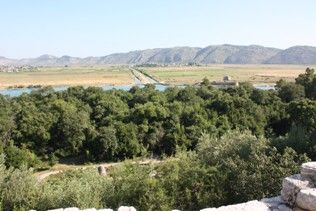
To accurately capture the amazing structures as well as the
natural beauty of the place is almost impossible in either words or photos. It
is an incredible place. Full of the kind of history and ruins that we just do
not have in the United States. Evidence of habitation of the area goes back to
at least the 10th century BC and speculation is that the site has
been inhabited for even longer. Each successive conquering culture seemed to
build upon, expand and rework the site, so there is archeological evidence from
a multitude of cultures and eras, making the site especially important.
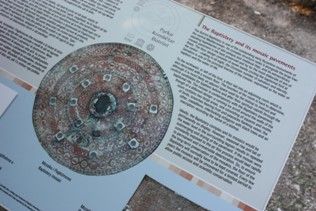

After the communist government of Enver Hoxha took Albania over in 1944, foreign archaeological missions were banned. Albanian archaeologists including Hasan Ceka continued the work. The Albanian Institute of Archaeology began larger scale excavations in the 1970s. Since 1993 further major excavations have taken place led by the Butrint Foundation in collaboration with the Albanian Institute of Archaeology. Recent excavations in the western defences of the city have revealed evidence of the continued use of the walls, implying the continuation of life in the town. The walls themselves certainly seem to have burnt down in the 9th century, but were subsequently repaired.
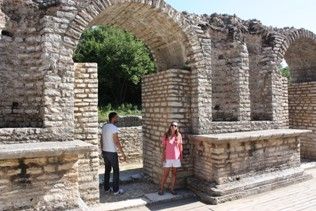
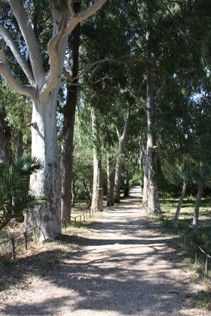
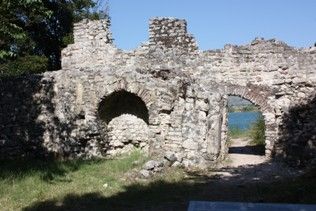
After the collapse of the communist regime in 1992, the new democratic government planned various major developments at the site. The same year remains of Butrint were included in the UNESCO list of World Heritage Sites. A major political and economic crisis in 1997 and lobbying stopped the airport plan and UNESCO placed it on the List of World Heritage in Danger because of looting, lack of protection, management and conservation. Archaeological missions during 1994-9 uncovered further Roman villas and an early Christian church.
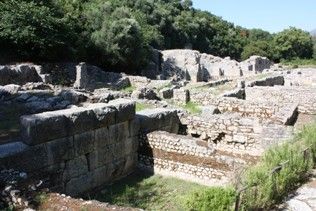
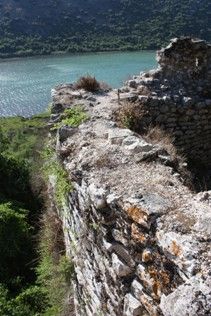
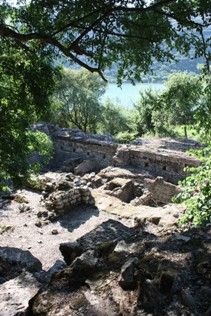
The Albanian Government established the Butrint National Park in 2000. Its First Director was Auron Tare, who is also one of the archeologists that RPM has been working with since our arrival and who has been instrumental in creation of the Field School.
http://butrint.org/
